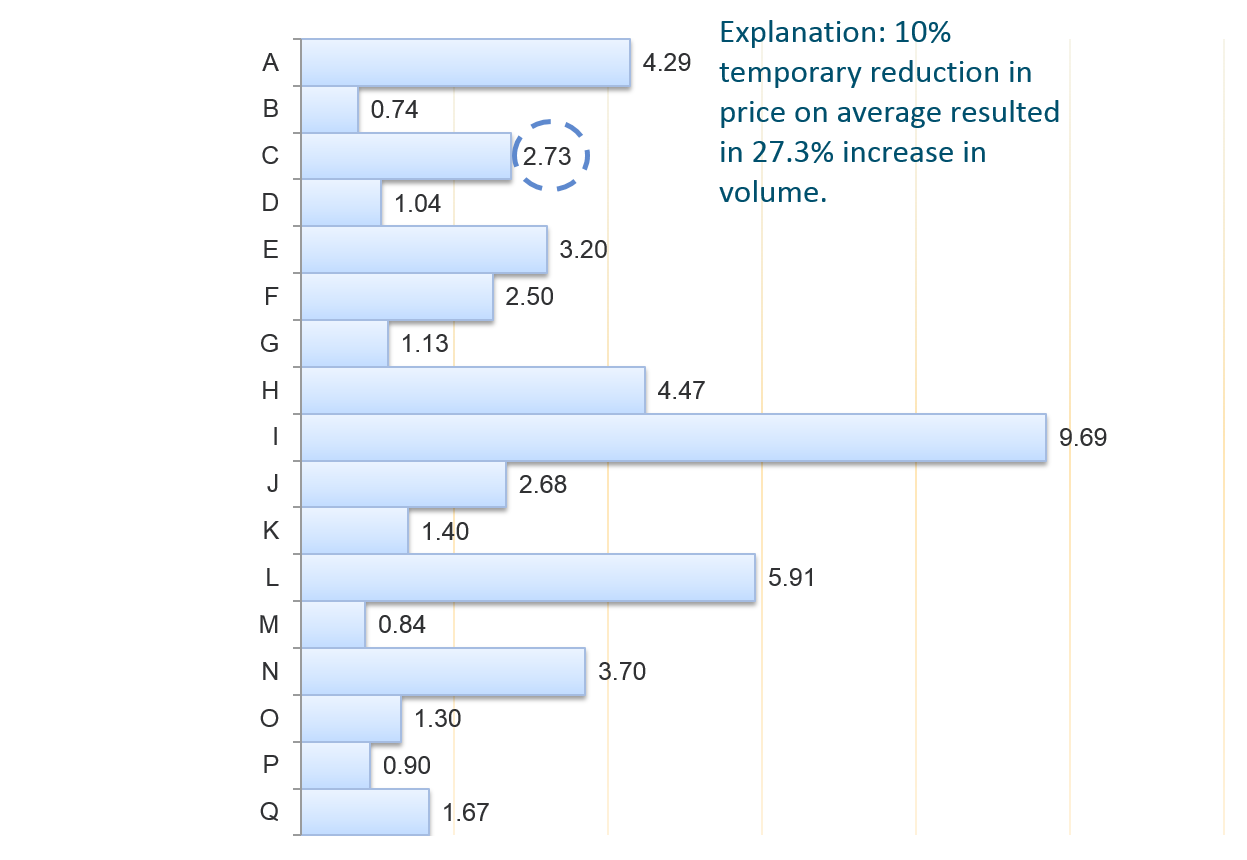
Exhibit 36.11 Discount elasticity — an illustration.
Price elasticity (discount elasticity) is a measure of the responsiveness of sales quantity demanded
to a (temporary) change in price, and it is determined by the following
equation:
$$ \epsilon = \frac{\delta Q}{\delta P} × \frac{P}{Q}, $$
If ε > 1, demand
is elastic. Any dip in price due to a price-off promotion is offset by a disproportionately
large increase in sales volume. On the other hand, if ε < 1, demand
is inelastic, a dip in price will result in a decrease in revenue.
Discount elasticity is essentially the price
elasticity due to a temporary price reduction. Since consumers are much more
sensitive to a discounted price promotion than a regular price reduction, the
discount elasticity is a lot greater than the price elasticity.
Exhibit 36.11 provides an illustration of discount
elasticity. The SKUs (items) in this chart, with discount elasticity of less than 1
(such as B, M and P) will experience a decline in revenue (sales value) when
promoted. Items such as these with low elasticity tend to possess high brand
equity and can command a price premium. Discounting these products will result
in the loss of revenue and profit.
Price promotions should be considered in the context
of discount elasticities as well as the SKU’s profit margin. Low margin products
need to be highly elastic to retain profitability when promoted.